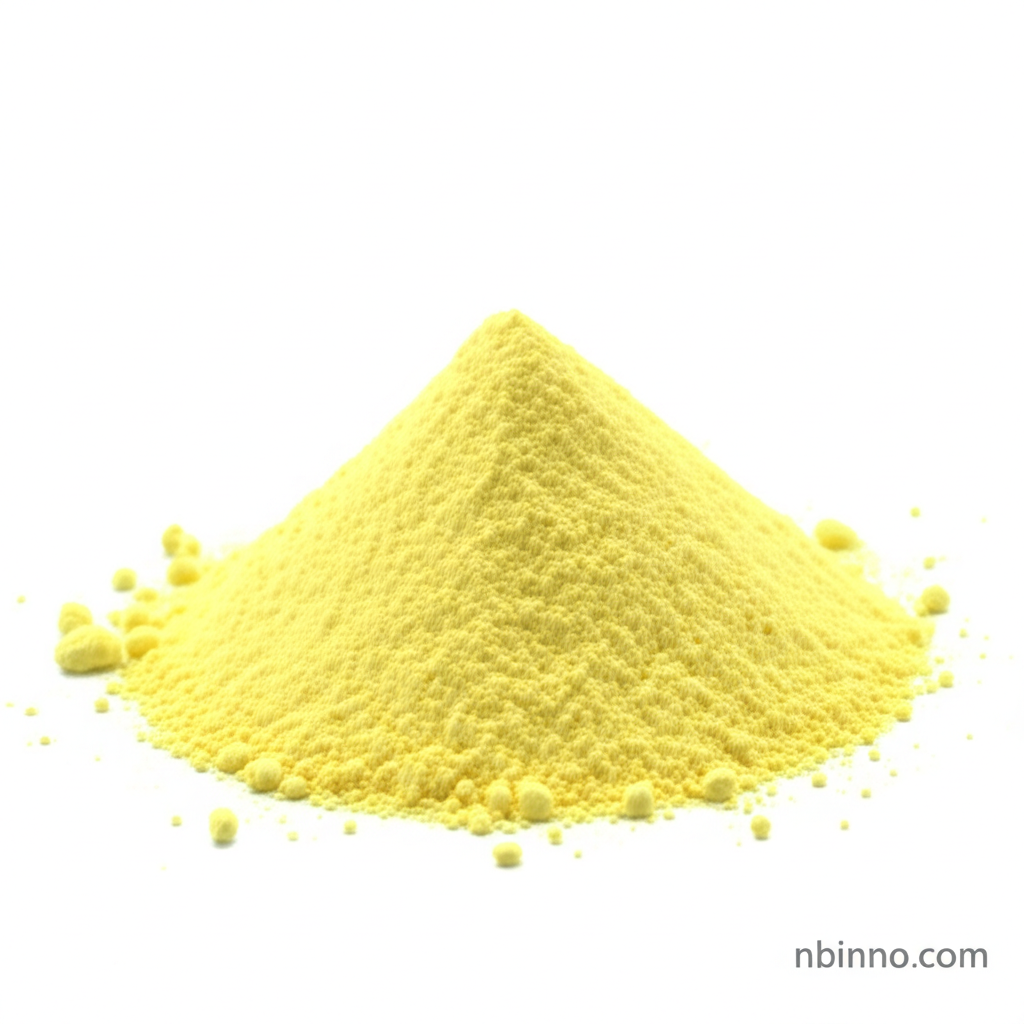2-Methyl-5-hydroxypyridine: A Key Intermediate in Pharmaceuticals, Agrochemicals, and Flavors
Unlock innovation with this versatile pyridine derivative, a cornerstone for advanced chemical synthesis.
Get a Quote & SampleProduct Core Value

2-Methyl-5-hydroxypyridine
This compound, also known by synonyms such as 5-methyl-2-pyridinol or 6-methylpyridin-3-ol, is a highly valuable chemical intermediate. Its unique structure and reactivity make it indispensable in the synthesis of a wide array of complex molecules across different sectors. Its importance spans from enabling the creation of novel therapeutic agents in the pharmaceutical industry to enhancing crop protection solutions in agrochemicals, and contributing unique notes in the flavor and fragrance sectors.
- Leverage this compound as a vital building block for complex pharmaceutical intermediates, contributing to advancements in therapeutic drug development.
- Utilize its chemical properties for the synthesis of agrochemical intermediates, supporting the creation of effective crop protection solutions.
- Explore its potential as a key component in flavor and fragrance formulations, adding unique sensory profiles to various products.
- Benefit from its role in organic synthesis, where its unique reactivity allows for the precise construction of desired molecular structures.
Advantages Provided by the Product
Versatile Chemical Synthesis
This compound serves as a critical intermediate, facilitating intricate organic synthesis pathways and enabling the creation of diverse downstream products essential for modern industries.
Industry-Wide Applications
Its utility extends across pharmaceuticals, agrochemicals, and flavor/fragrance sectors, showcasing its broad applicability and value as a fundamental chemical building block.
Enhanced Reactivity and Stability
The compound offers a favorable balance of reactivity for synthesis and stability for handling and storage, making it a reliable choice for both laboratory and industrial applications.
Key Applications
Pharmaceutical Development
Acts as a key intermediate in the synthesis of pharmaceuticals, particularly those targeting neurological disorders, contributing to enhanced bioactivity in drug candidates.
Agricultural Chemicals
Used in the formulation of agrochemicals like herbicides and fungicides, providing efficient pest management solutions with reduced environmental impact.
Flavor and Fragrance Ingredients
Explored for its potential as a flavoring agent and preservative, offering potential natural alternatives and unique sensory profiles in food products.
Materials Science
Incorporated into polymer formulations to improve thermal stability and mechanical properties, contributing to the development of advanced materials.
